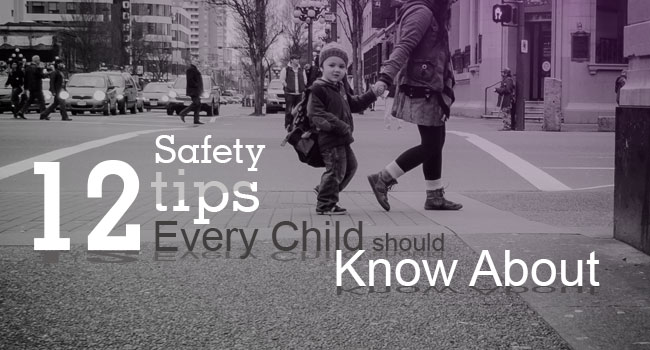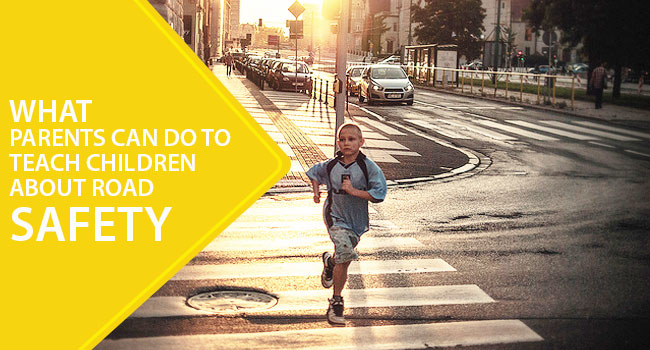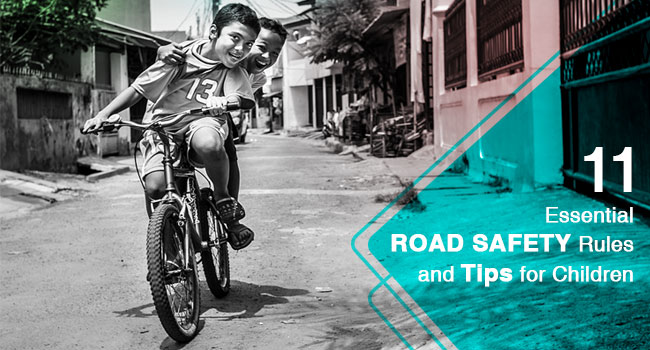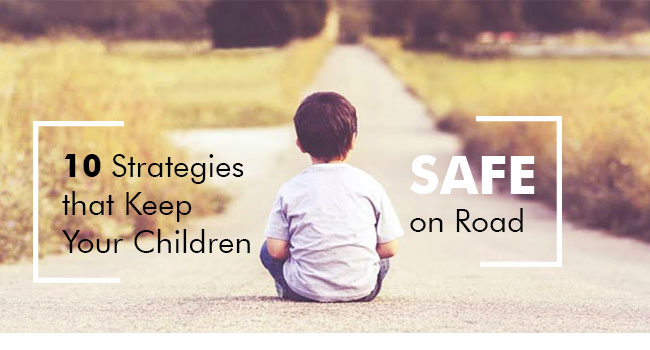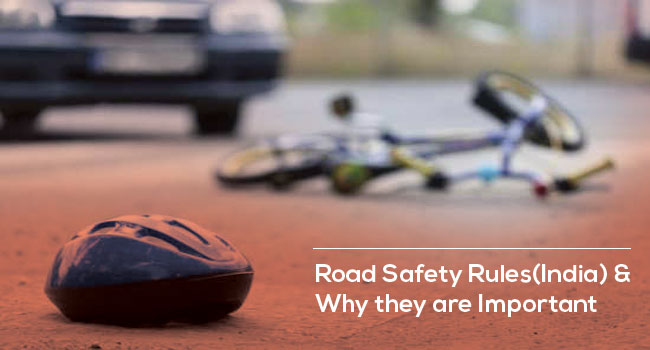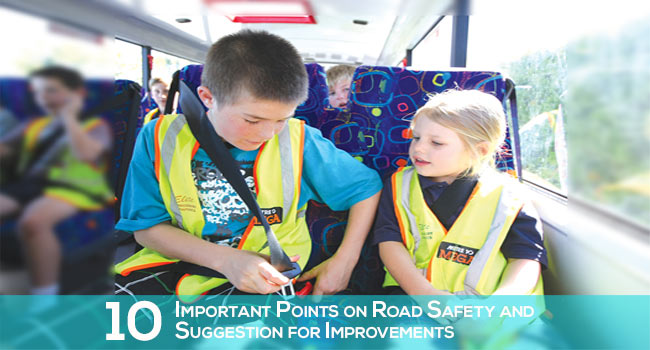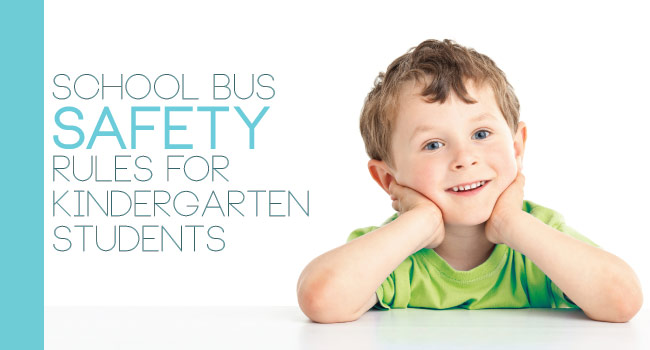As a parent, you will take maximum effort to keep your child safe. The most important lesson you give to your child is to remain safe in today's uncontrollable traffic. It is impossible to accompany your child all the time and give instructions. And hence, your child should be aware of various road safety rules that helps them to prevent accidents.
You should teach your child about road safety rules at an early age so that safety habits become inherent in them. A child may usually try to imitate whatever you do. You can take advantage of this habit and take your child along with you whenever you go outdoors. Then, you will be able to demonstrate certain rules which protects them when they are alone on the road.
Must Read:
At the age of seven, your child may be holding your hands while crossing, but at the same time, you should teach them relevant safety rules as there comes a situation where your child goes to school without you. Here follows some information by which your child can become independent and safe:
Understanding the Green Cross Code
Some of you might be wondering about the Green Cross Code. Here is it:
1. Think First
2. Stop
3. Use your eyes and ears
4. Wait till it's safe to move and cross
5. Look and listen
6. Arrive alive
You should make sure that your child knows about the Green Cross Code and never allow them to go out without an idea about this. Mostly, children under eight years old will not have the capability to learn and remember this code. Hence, it is better for you to teach your child about this code at the age of eight.
Things to be remembered while walking along the road
It is healthier to walk along the road rather than going by vehicle. Usually, your child will not be able to see what you can see and at the same time, drivers will not be able to see your child crossing the road. Here are certain rules that you can teach your child while they walk along the road:
- Walk on the pavement or path and be safe
- Never walk near to the kerb
- If there is no pavement, walk on the right side of the road that faces traffic
Things to be remembered when you are out and about
- When you go out, make sure that your child:
- Describe essential road safety rules
- Apply the Green Cross Code
- Talk about what is happening around them in the street
- Motivate your child to elucidate what they see on the road and give their opinion regarding it
- Allow your child to make decisions with you, which develops and improves their safety skills
- Assist your child in planning the most appropriate and safest route when an outing is decided
You May Also Like:
Things to be remembered while crossing the road safely
- You should teach your child the following things to make them secure:
- Follow the Green Cross Code
- Wait at the kerb so that drivers could see them and slow down their vehicle for crossing
- Tell them to cross the road at green signal and never cross at red signal even though vehicles stopped in traffic
- Use the Zebra crossing
- Never use phone or any other gadget while crossing the road
- Stay alert and stand where there is an island
School Bus Safety Precautions
- You should ensure that your child knows certain bus safety precautions as follows:
- Know the basic rule of safety- Stop, look and listen before crossing the road
- To stay on the footpath till the bus moved away
- Be vigilant when they are on and around the bus
- About the hazards of traffic
- Never cross in front of the bus
All the above road safety rules can be valuable to your child and help them to protect themselves from today's mad traffic. But as a responsible parent, you can go along with your child whenever they go outdoors and demonstrate to them certain necessary road safety rules. And decide whether they are old enough to understand and learn certain complex safety rules, which indeed makes them safer furthermore.
“One of the most important things we adults can do for young children is to model the kind of person we would like them to be” – Carol B Hillman
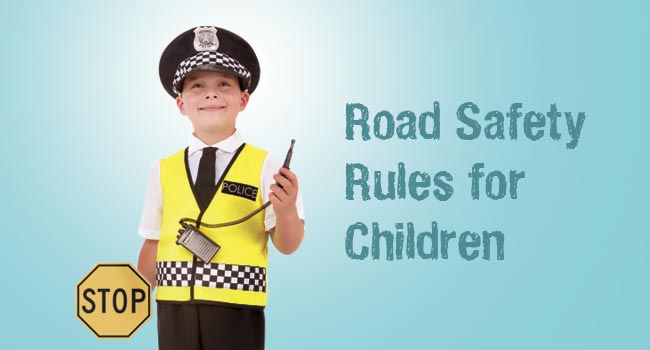
![School Bus Safety Rules for Kindergarten Students [Infographic Part 2]](https://wp.trackschoolbus.com/wp-content/uploads/2016/11/16-11-2016-School-Bus-Safety-for-Kindergarten-Students-Part-II-1.jpg)
![School Bus Safety Rules for Kindergarten Students [Infographic Part 2] School Bus Safety for Kindergarten Students part 2 infographic](http://trackschoolbusnextjs.technoallianceindia.com/wp-content/uploads/2016/11/16-11-2016-School-Bus-Safety-for-Kindergarten-Students-Part-II.jpg)
